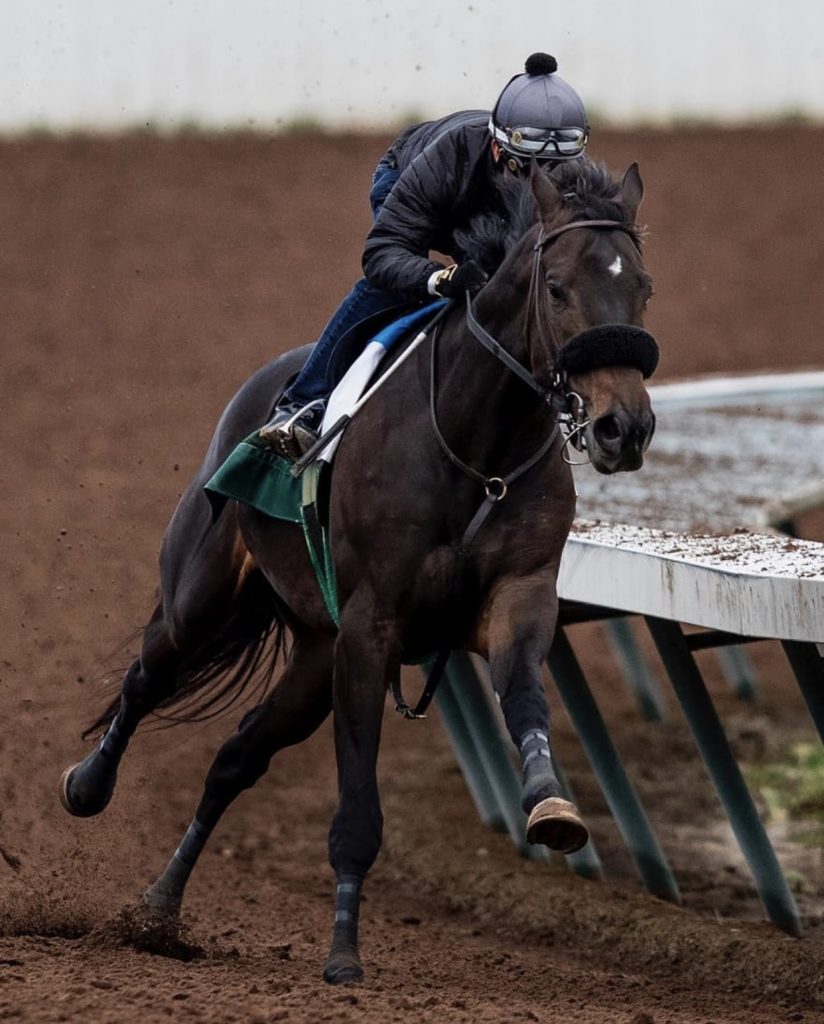
The recent rash of injuries and deaths at Santa Anita have sparked several rule changes instituted by the Stronach Group – namely, banning the use of the diuretic Lasix on race day, something that will be phased in over time beginning with two-year olds.
Will it make a difference? Well, that depends on whether you think race-day drugs are a problem.
According to one study, about 9 out of every 10 racehorses experience some amount of bleeding in their lungs, and 3 to 5 percent suffer bleeding so badly that it enters their noses, which could be the sign of a major hemorrhage. It’s been a problem for decades. In 1927, a horse named Dice, one of the favorites for the 1928 Kentucky Derby, suffered a nosebleed after a training run and died before a veterinarian could examine him.
Lasix stops this bleeding, but its critics say the diuretic effects act as a performance-enhancing drug, since horses may lose about 20 pounds of urine before a race. Although not proven, some say it can mask other performance enhancing drugs by decreasing the concentration in the urine.
But can it cause horses to break down? No research suggests this. In fact, over the past 10 years, despite trainers continuing to dispense Lasix to horses, the number of equine fatalities has dropped 16%, from 2 fatalities per 1,000 starts to 1.68 fatalities, according to data collected by the Jockey Club. As former jockey Jerry Bailey said at last year’s Kentucky Derby,
“I’ve never had a horse break down under me because of Lasix.”
“The reaction to ban Lasix, a therapeutic diuretic that reduces risk of pulmonary bleeding in horses, is a red herring that puts our equine and human athletes’ lives at risk,” said Eric Hamelback, chief executive officer of the National Horsemen’s Benevolent and Protective Association.
“Lasix works to prevent horse deaths and, has been used for over 40 years with no association to breakdowns.”
The North American Association of Racetrack Veterinarians agreed, saying there was no evidence that Lasix is linked to any of the breakdowns. Instead, they questioned the condition of the track. “California has experienced an unusually wet and severe winter,” according to a statement by the NAARV. “San Francisco has received just as much rainfall as Los Angeles, and yet Golden Gate Fields Racetrack, while racing on the same dates, with larger average field size, did not experience a similar upturn in catastrophic injuries.”
Alan Balch, executive director of the California Thoroughbred Trainers, agreed, telling the Los Angeles Times, “What’s the difference? It’s not medication, it’s not the rules. The principal difference is [Golden Gate’s] racetrack, which happens to be an all-weather synthetic. They’ve had a much safer time of it, and that points my attention to the race track.”
The NAARV said track officials should investigate each of the 22 deaths and look at the condition of the horse (including medication), the circumstances and location of the injury, the racing surface, the climate, and everyone who was involved in the care of the horse – and the racing surface.



